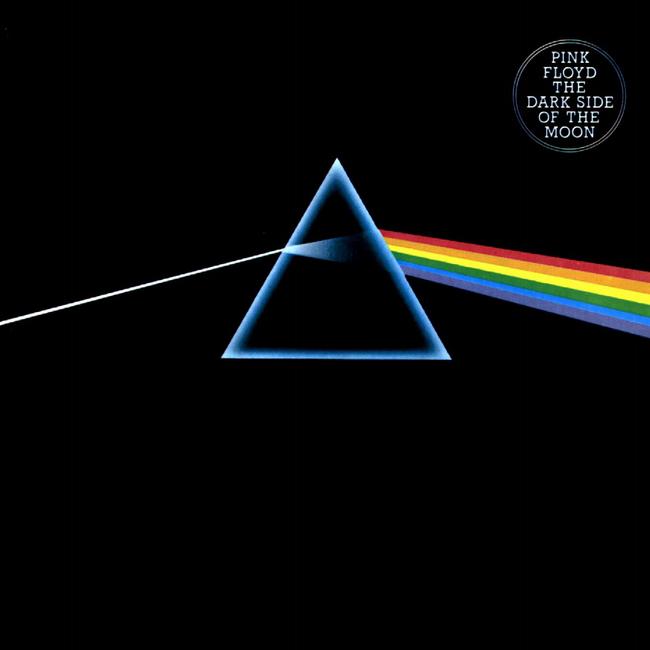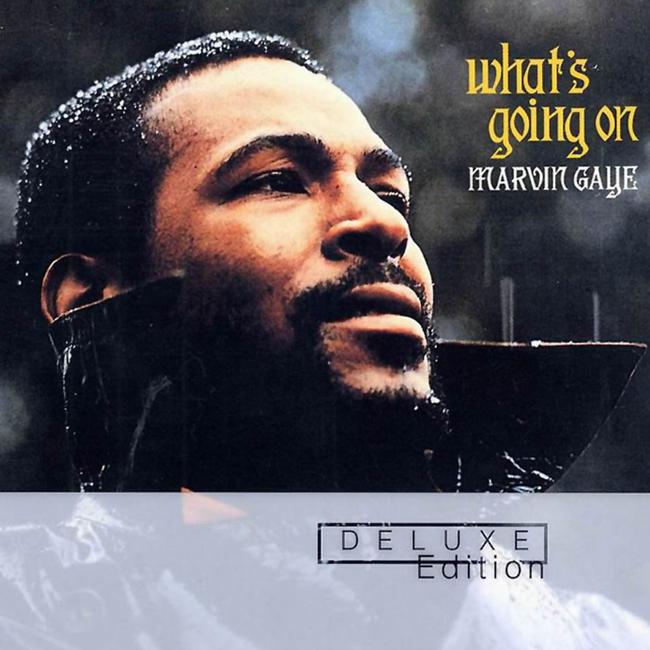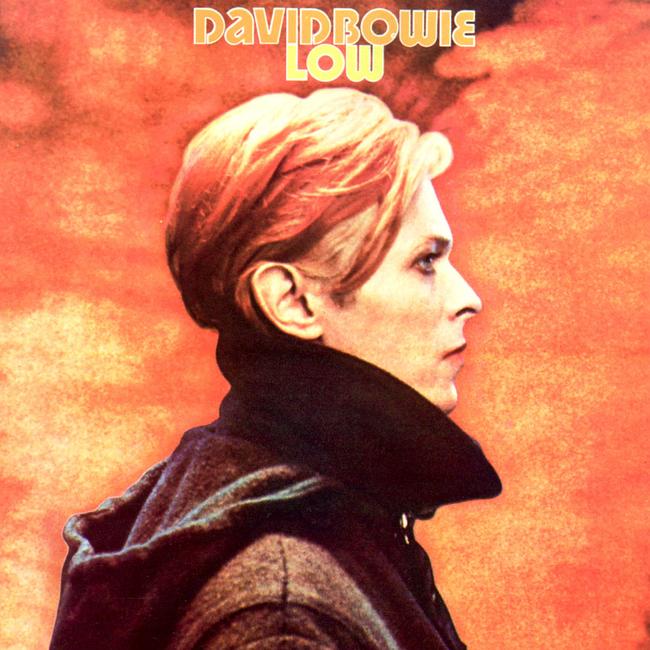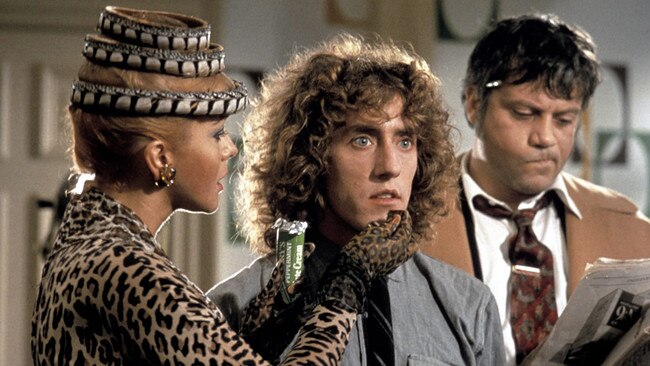Spotify shuffles to beat of Adele’s request
Adele has persuaded Spotify to hide the shuffle option on album pages, forcing audiences to listen to tracks in the order the biggest-selling female artist of the century intended

When the biggest-selling female artist of the century speaks, the music industry listens.
Adele has returned to global attention with her first album in six years – and a request to change the way in which more than 170 million Spotify users consume music.

The object of Adele’s irritation? The shuffle feature. She has now persuaded the music streaming service to hide the shuffle option on album pages, so that audiences can automatically listen to tracks in the order the artist intended.
The 33-year-old’s fourth studio album, 30, was launched on Friday to widespread critical acclaim.
Adele announced that she had asked Spotify to change its shuffle options. In yet another example of the Tottenham-born star’s power over the industry, her request was granted.
She wrote on Twitter: “This was the only request I had in our ever-changing industry! We don’t create albums with so much care and thought into our track listing for no reason.
“Our art tells a story and our stories should be listened to as we intended. Thank you Spotify for listening.”
The company replied: “Anything for you.”

It has now removed the shuffle symbol that usually accompanies the play button on an album page.
The symbol – two intersecting arrows – is still available when a user clicks to view the album tracks, however, so fans may still listen to the songs randomly.

The move was hailed as a victory by fans of the concept album and those who believe that the power of classic records such as The Dark Side of the Moon by Pink Floyd, What’s Going On by Marvin Gaye and Ode to Billie Joe by Bobby Gentry lies in the way they develop from the first track to the last.
The fetishising of the album arguably began with the rise of prog rock and The Beatles’s Sgt Pepper, which, since you ask, can only end with A Day in the Life. That chord, the sound of the piano lids crashing down, the distant echo. Its sequencing is carefully thought out and so deeply moving.
Likewise, The Who’s Tommy, a majestic rock opera, makes no sense (well, even less!) if listened to in a non-linear way.

Even the new Abba album Voyage is delicately plotted, ending with Ode to Freedom. It feels very much like the last ever track that we will hear from Abba, with its Tchaikovskian ambience, an epic finale. It is not the number Spotify might choose to kick off your Christmas party.
Imagine David Bowie’s Low out of sequence! You need to experience those long tracks on side two as a continuum, you don’t want them mixed up with the perkier ones. There are exceptions – and trust Bowie to have made one of them. His 1995 dystopian album 1. Outside was designed to be played out of sequence. But, like the man himself, it was an anomaly.
THE TIMES
More Coverage





To join the conversation, please log in. Don't have an account? Register
Join the conversation, you are commenting as Logout